
Filter News
Area of Research
News Topics
- (-) Emergency (1)
- (-) Frontier (19)
- (-) High-Performance Computing (33)
- (-) Isotopes (17)
- (-) Molten Salt (5)
- (-) Physics (23)
- (-) Quantum Science (12)
- (-) Space Exploration (6)
- 3-D Printing/Advanced Manufacturing (25)
- Advanced Reactors (4)
- Artificial Intelligence (27)
- Big Data (11)
- Bioenergy (24)
- Biology (30)
- Biomedical (12)
- Biotechnology (6)
- Buildings (14)
- Chemical Sciences (24)
- Clean Water (6)
- Composites (9)
- Computer Science (37)
- Coronavirus (4)
- Critical Materials (7)
- Cybersecurity (12)
- Education (3)
- Energy Storage (23)
- Environment (46)
- Exascale Computing (15)
- Fossil Energy (2)
- Fusion (13)
- Grid (19)
- Hydropower (3)
- Irradiation (2)
- Machine Learning (15)
- Materials (59)
- Materials Science (26)
- Mathematics (2)
- Mercury (3)
- Microelectronics (2)
- Microscopy (12)
- Nanotechnology (16)
- National Security (21)
- Neutron Science (42)
- Nuclear Energy (31)
- Partnerships (24)
- Polymers (9)
- Quantum Computing (12)
- Security (10)
- Simulation (29)
- Software (1)
- Summit (11)
- Transportation (25)
Media Contacts
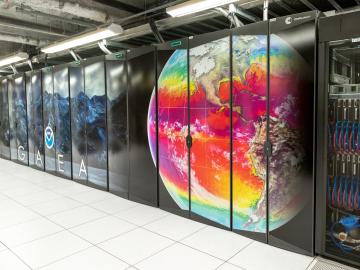
Oak Ridge National Laboratory, in partnership with the National Oceanic and Atmospheric Administration, is launching a new supercomputer dedicated to climate science research. The new system is the fifth supercomputer to be installed and run by the National Climate-Computing Research Center at ORNL.
Xiao Wang, a research scientist at ORNL, has been named a senior member of the Institute of Electrical and Electronics Engineers, the world’s largest organization for technical professionals. Wang works in the lab’s Computing and Computational Sciences Directorate’s Advanced Computing for Health Sciences Section.

Few things carry the same aura of mystery as dark matter. The name itself radiates secrecy, suggesting something hidden in the shadows of the Universe.

Andrea Delgado is looking for elementary particles that seem so abstract, there appears to be no obvious short-term benefit to her research.
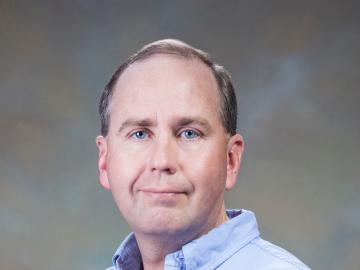
ORNL has named Michael Parks director of the Computer Science and Mathematics Division within ORNL’s Computing and Computational Sciences Directorate. His hiring became effective March 13.

How did we get from stardust to where we are today? That’s the question NASA scientist Andrew Needham has pondered his entire career.
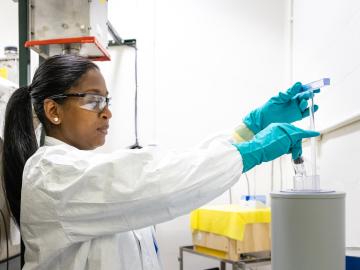
A series of new classes at Pellissippi State Community College will offer students a new career path — and a national laboratory a pipeline of workers who have the skills needed for its own rapidly growing programs.
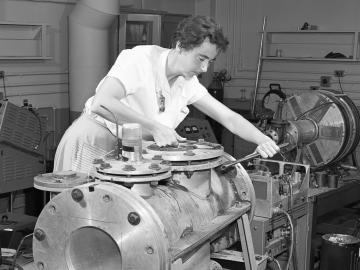
The old photos show her casually writing data in a logbook with stacks of lead bricks nearby, or sealing a vacuum chamber with a wrench. ORNL researcher Frances Pleasonton was instrumental in some of the earliest explorations of the properties of the neutron as the X-10 Site was finding its postwar footing as a research lab.

The Center for Bioenergy Innovation has been renewed by the Department of Energy as one of four bioenergy research centers across the nation to advance robust, economical production of plant-based fuels and chemicals.
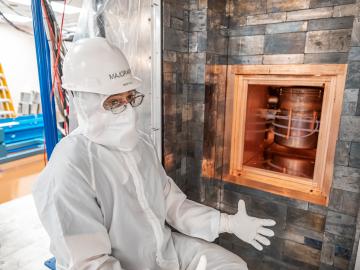
For nearly six years, the Majorana Demonstrator quietly listened to the universe. Nearly a mile underground at the Sanford Underground Research Facility, or SURF, in Lead, South Dakota, the experiment collected data that could answer one of the most perplexing questions in physics: Why is the universe filled with something instead of nothing?


